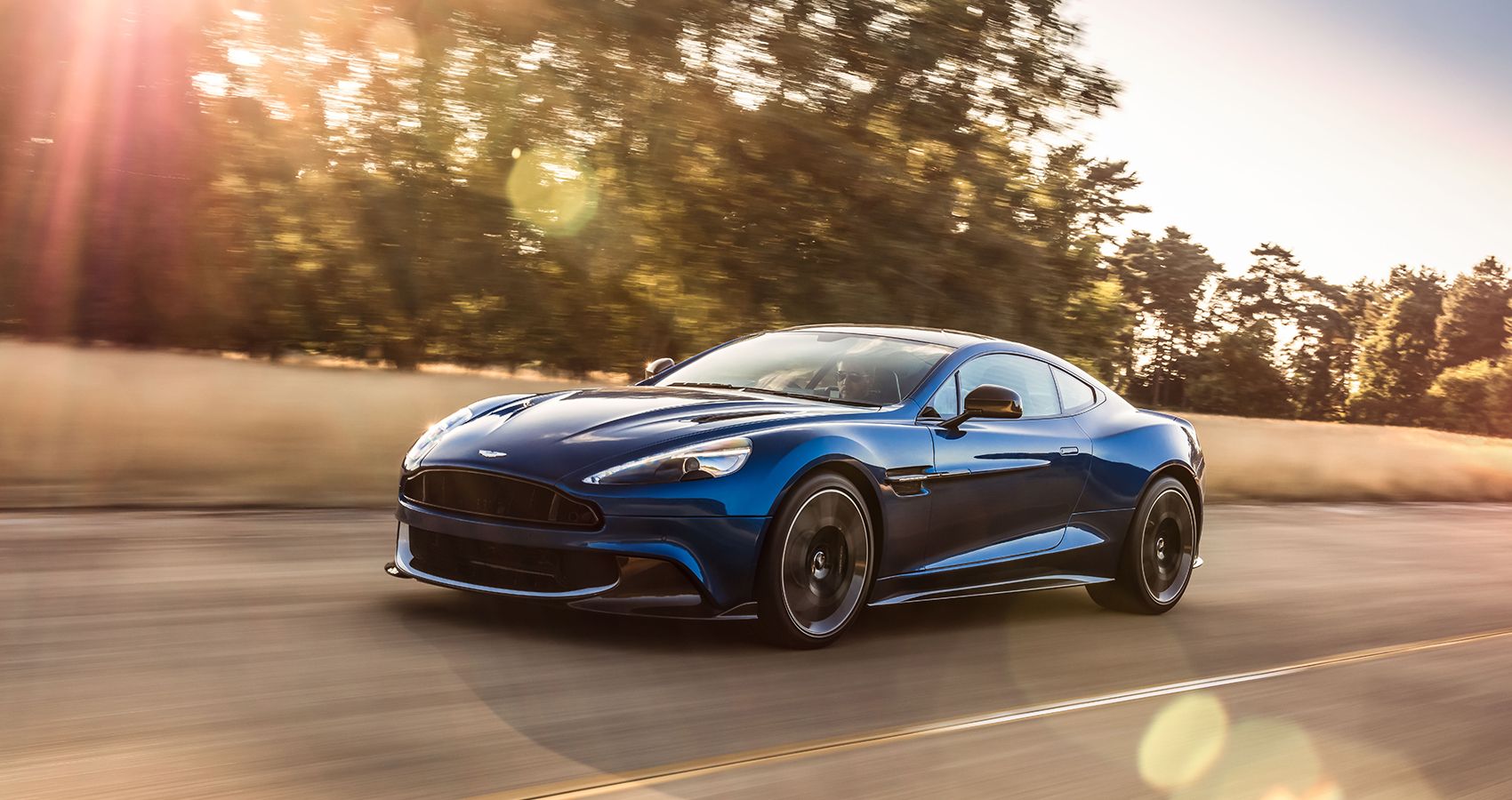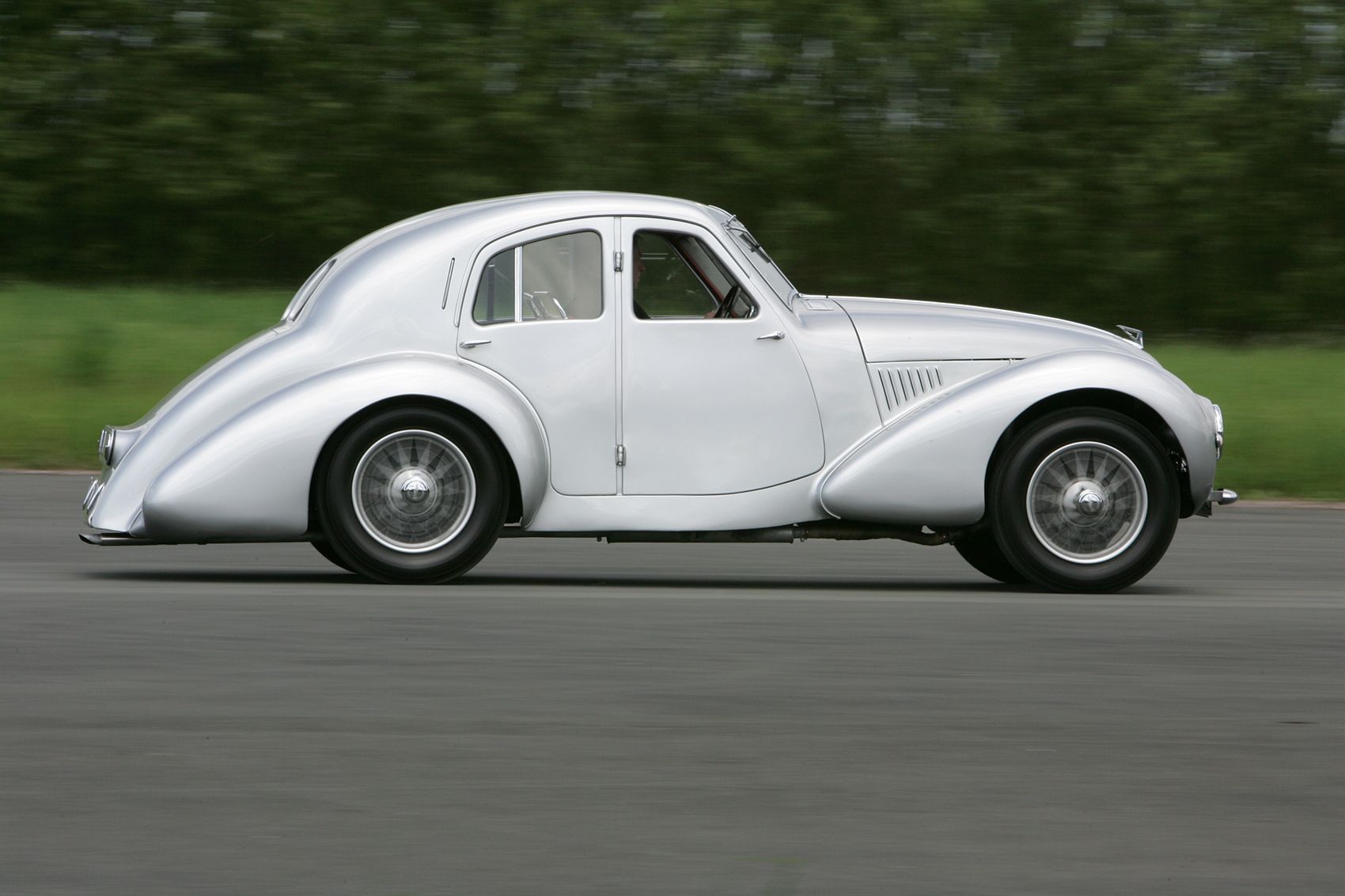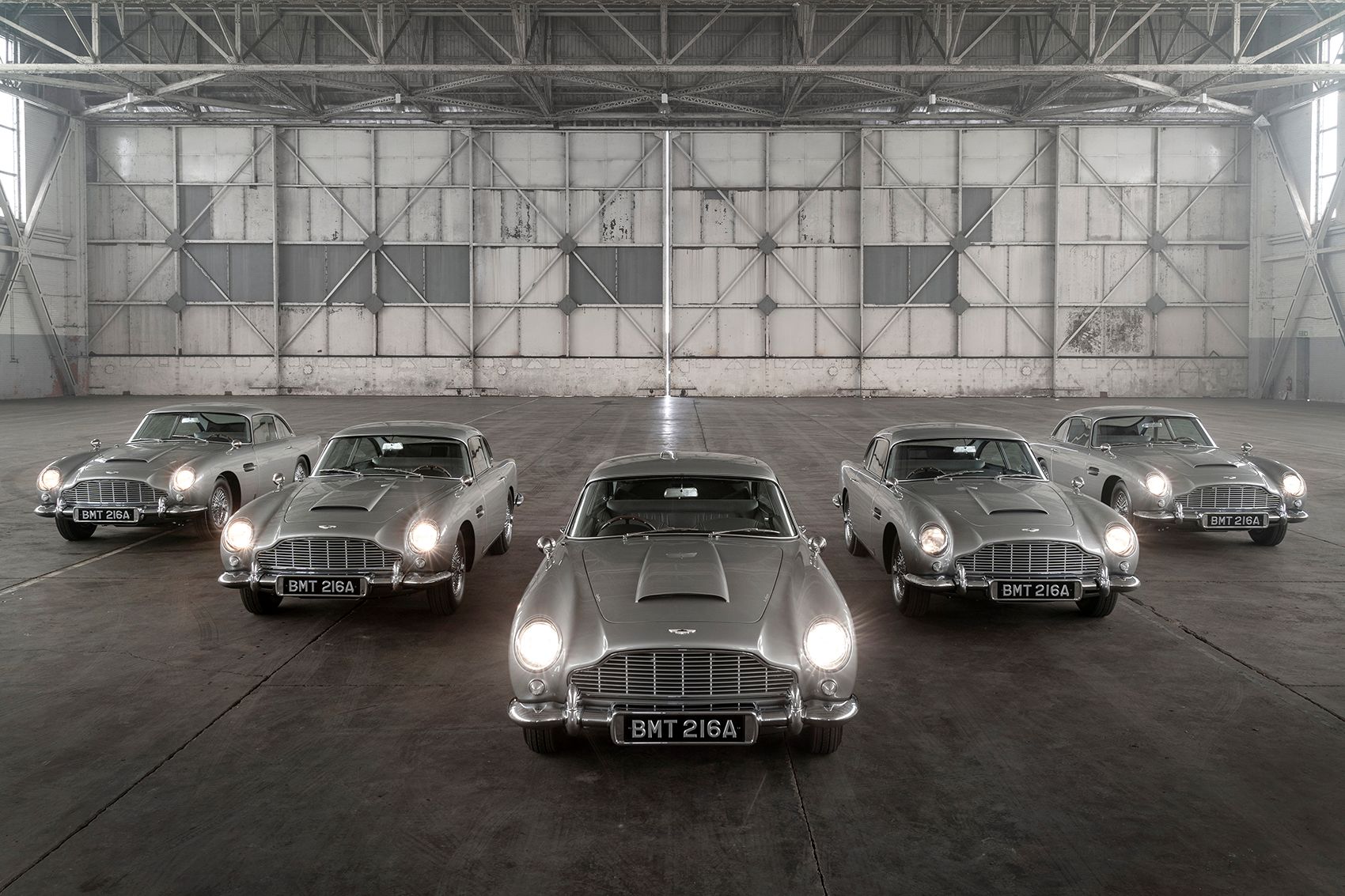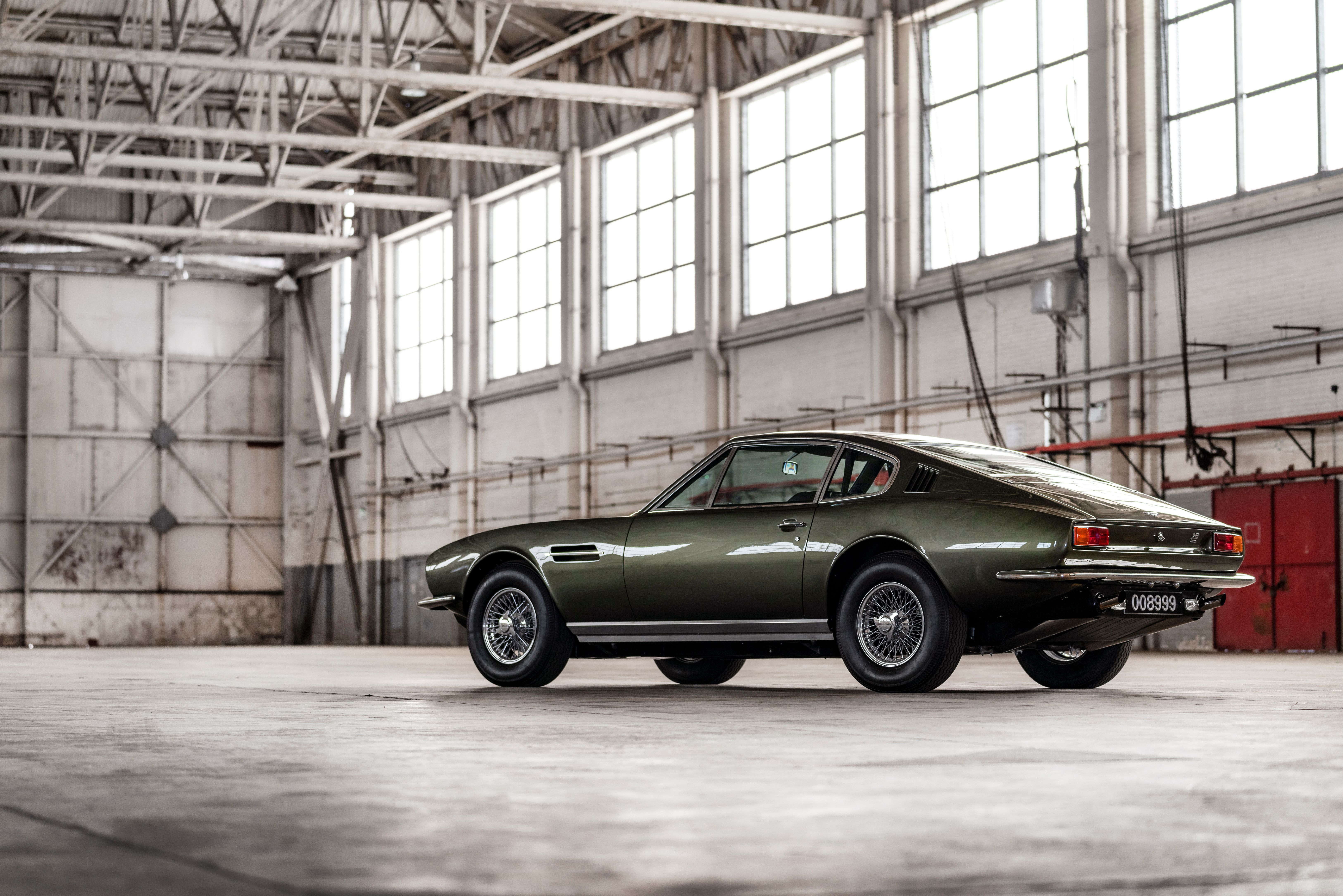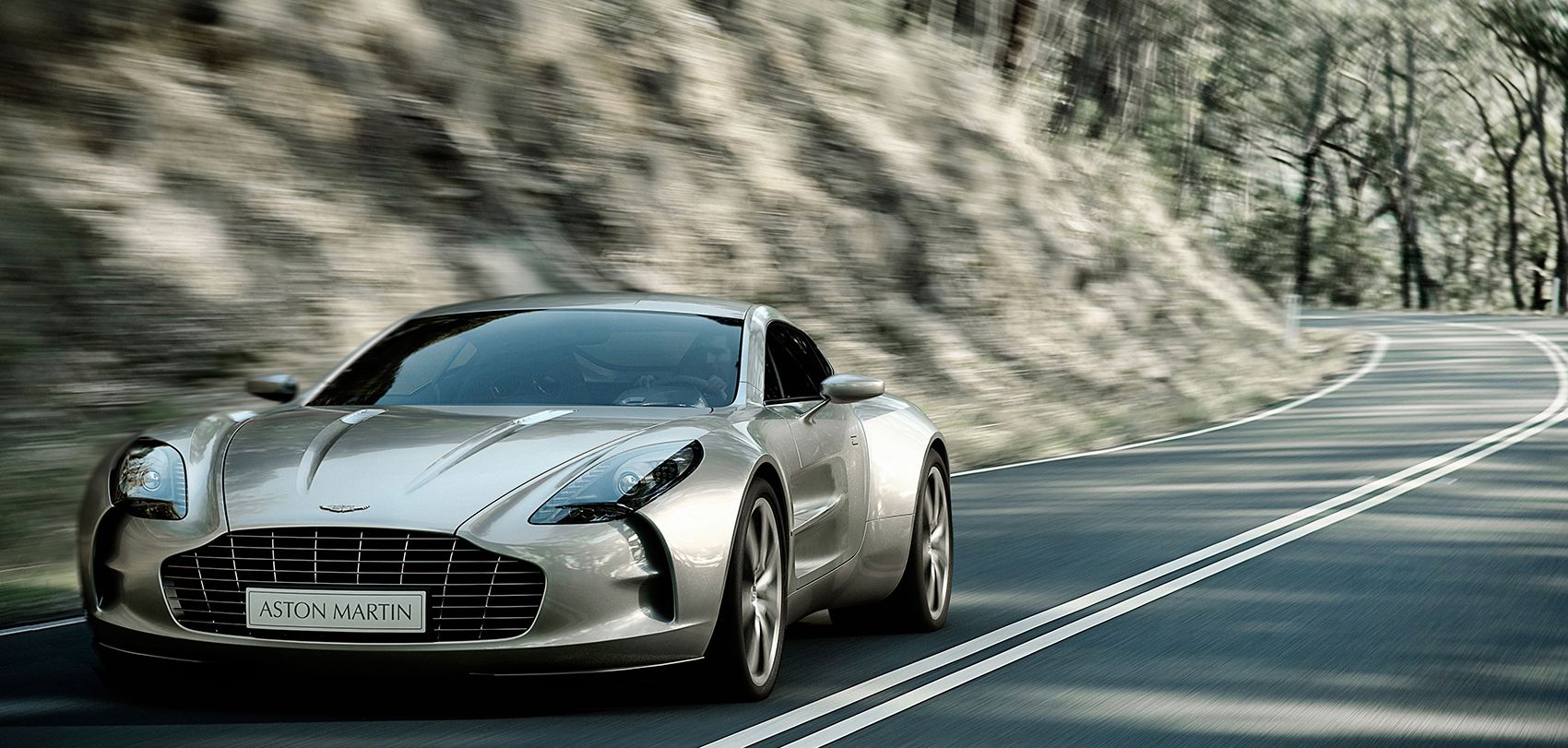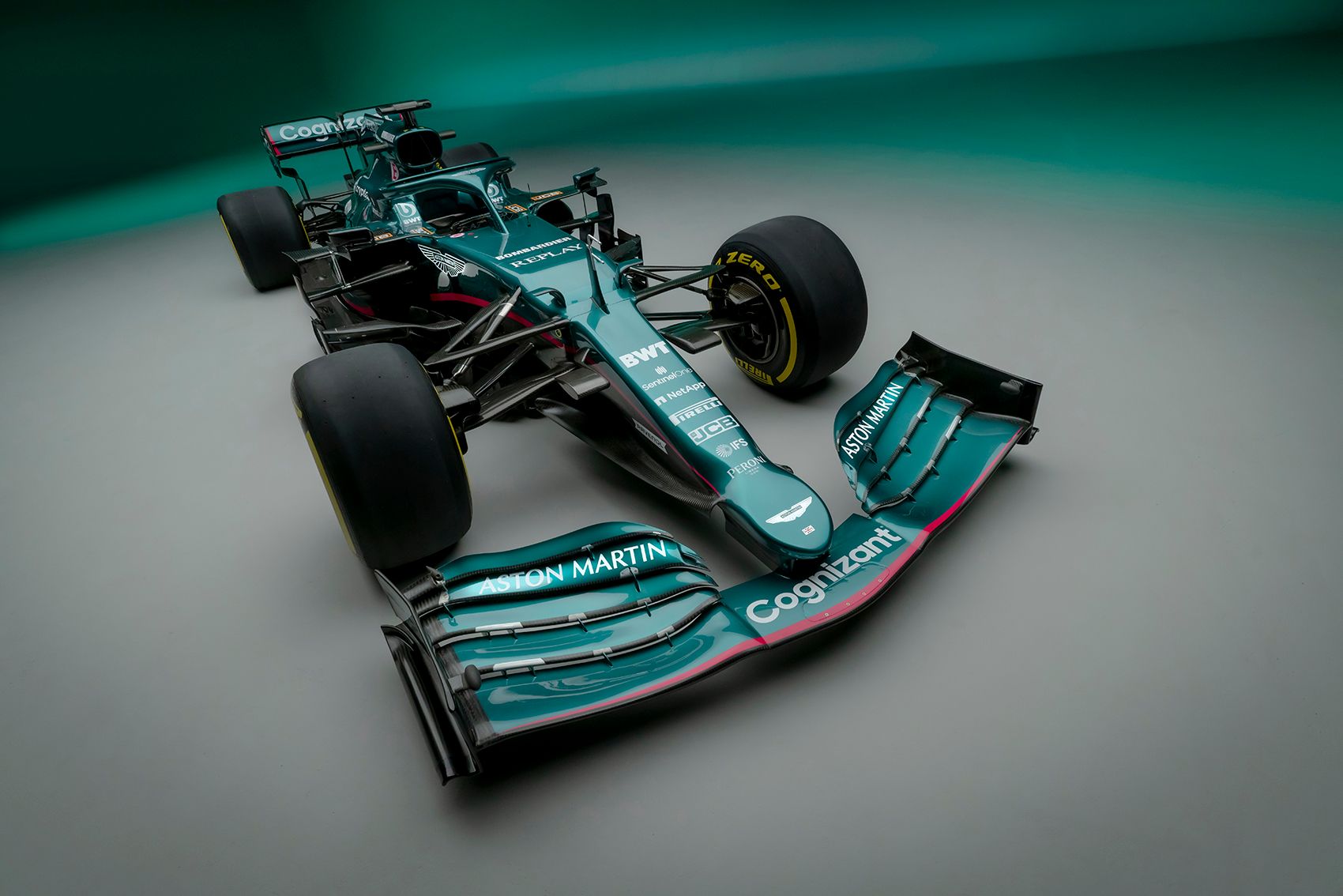The name Aston Martin is synonymous with stunningly good-looking cars, groundbreaking performance, and of course, ingenious spy gadgetry. Unfortunately, and a lesser-known fact, it also happens to be synonymous with bankruptcy. Yes, you read that right. Aside from being the stunning chariot that ferries the debonair protagonist, James Bond, out of perilous situations, it’s also been playing a game of cat and mouse with financial annihilation. In the last century or so, the legendary British car-maker has declared bankruptcy seven whole times.
Despite Aston Martin dipping its toes in the Formula 1 pool, it has manufactured just over 120,000 cars in total over a 108-year period. Just for a point of reference, Honda has produced over 100,000,000 cars since just 1963. But truth be told, Aston Martin has seen periods of great success over the years. And that boils down to investors believing in the fundamental vision that the AM engineers believed and pursued - make beautiful racing cars.
In 1935 the dream was realized for Aston Martin as they finished 3rd at Le Mans, having previously set their vision out to create record-breaking, racing cars. Oh, and lest we forget, they also went bankrupt in 1924 after breaking ten world records at the Brooklands Motor Racing Circuit, in 1922. They were lucky to even field the car at Le Mans as more financial problems arose in 1932. That could have easily been the end of AM if they didn't gain any prestige back then.
The Atom Was Aston Martin's Race Car Made From 1939-44
Post-1935, however, David Brown stepped into the picture. The man already reveled in the idea of crafting race machines. One report declares he was driving a one-off, 1939 Aston Martin Atom and fell in love with it. The other side of the story suggests he was reading a for-sale column in a newspaper and saw the company listed. Either way, he was an octane junkie and jumped at the prospect. Based on David’s input, an Atom-based racing car was designed. It surpassed the success the company achieved in '35 and ended up winning at the 24-hour race at Spa in Belgium, in 1949. The success was then capitalized on and only 15 road-going replicas were produced. These were retrospectively named the DB1.
After the victory at Spa, Aston Martin finally started to generate desirability. And this was despite the post-war depression. The DB2 incentivized the beauty that AM would be known for in the years to come. 411 examples were manufactured, signaling a shift in Aston Martin's fortunes. What followed were cars entrenched in British pedigree and history. With a bit of aid from Italian designers and one certain American driver by the name of Carroll Shelby, the team won Le Mans in the DBR1, in 1959.
The Iconic James Bond Chariot in 1964, The Aston Martin DB5
With the DB5 entering the global spotlight in the 1964 James Bond film, Gold Finger, you’d think the pedigree of the David Brown Era would remain. However, post that, AM chose to align itself with the rest of the car industry instead. This 'modern' approach at the end of the DB era was far from anything AM achieved previously. This ended up being a rather bad decision for them. It resulted in many changes in ownership and a record low production – only 30 cars were produced in 1982. Of course, this was also attributed to the poor economic aspects of the car industry at the time.
Victor Gauntlett stepped into the picture and saw the potential in the brand. This sort of set the company on the right path to redemption. Firstly, Gauntlett reignited the relationship with the Bond franchise after almost 20 years in the late 1980s. And purchasing a stake in the Zagato styling house resulted in a collaboration that forged some of the best classics of all time.
Aston Martin's DBS Was Manufactured From 1969-72
The first purpose-built factory for Aston Martin was erected at Gaydon, Warwickshire in 2003. This was also the final production year of the DB7 with the Vanquish continuing their grand tourer production. AM were heading in the direction of grand touring cars with luxury and performance. Ford eventually bought Aston Martin and revamped the company. With Gaydon as a hub for engineers and designers, it allowed them to create and manufacture under one roof that enabled the Vantage to come to life in 2005. This design was the brainchild of Henrik Fisker. It was his sign-off masterpiece for Aston Martin and certainly brought in a new era for the company. In fact, it is the basis of how we all perceive AM today. The grilles of old were resurrected in a modern-styled manner that complimented the iconic body design. And it has roused the hearts of car enthusiasts ever since.
The Legendary One-77 That Was Made From 2010-12
Aston Martin continued with their marketing success through Bond Films and lifestyle appeal, allowing them to enter new markets. But the DB9 and Rapide failed to generate enough sales along with the outsourcing of them to Graz. Austria. This was perhaps a bad move, as the company had started to perform so well as a British pedigree with the Gaydon factory. But with the aim of entering the global market, the board decided this was a good decision.
Aston Martin Made A Re-entry Into F1 After 59 Whole Years
Eventually, after years of heavy losses through the ownership of Investindustrial, a certain Lawrence Stroll stepped into the investment pool that has restored some hope in the brand. After all, Stroll also happens to be immensely passionate about cars. The AM brand was reintroduced into F1 after 59 years and things are finally starting to look up. With projects like the Valkyrie reinvigorating the minds of all AM aficionados and car enthusiasts in general, only time will tell if the financial woes of old arise again in the future.

